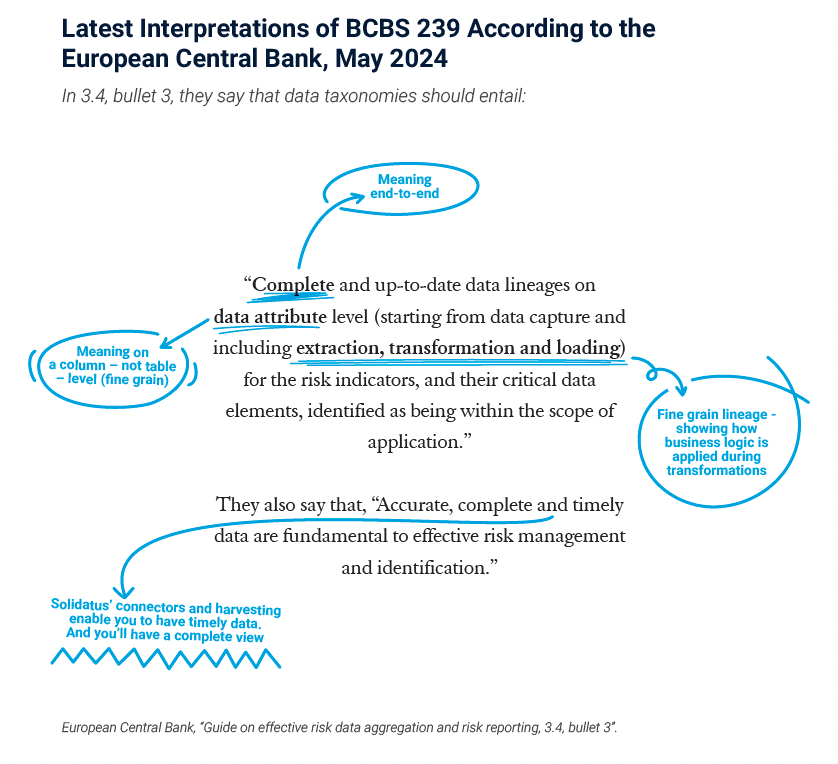CCAR
Comprehensive Capital Analysis and Review with Solidatus
The US Federal Reserve’s annual Comprehensive Capital Analysis and Review (CCAR) is an intensive assessment of capital adequacy which must be undertaken by the largest US bank holding companies and US intermediate holding companies of foreign banking organizations.
It focuses on six areas of capital planning:
- Governance
- Risk management
- Internal controls
- Capital policies
- Incorporation of stressful conditions and events
- Estimating impact of stressful conditions and events on capital positions.
Solidatus for CCAR
Solidatus allows the rapid capture, storage and graphical representation of data lineage, together with its supporting metadata. It provides the ability to model interdependencies at increasing granularities, delivering both scope and detail as required.
The power to document lineage at the attribute level, showing how data moves across the enterprise from capture to ultimate usage, means Solidatus reveals demonstrable data quality.
Through the intuitive Solidatus graphical interface models can be quickly created but, more importantly, speedily grasped and understood by others. The visual representation of the lineage allows data sourcing to be identified easily and validated as fit for purpose.
Any entity within a Solidatus model may have an unlimited number of properties, which allows for flexible and comprehensive metadata capture. There are no size limits to a property, allowing a richness of detail to be supported that would be unsustainable in traditional, spreadsheet-based documentation.
The powerful governance and version control features of Solidatus enable and facilitate federated development, giving subject-matter experts across an organization the power to take ownership of the lineage and related metadata within their respective areas of expertise. This distributed approach provides an essential foundation to enterprise-scale data governance.
Key benefits
- Create an operational blueprint at a use case or enterprise level.
- Demonstrate data lineage, model data quality and manage user access rights and data retention.
- Map the delta of change across regulatory updates to reduce future project work.
- Enhance collaboration both internally and externally.
- Create and leverage a single data repository across jurisdictions creating consistent reporting.
- Model future processes and workflows to determine the impact and effectively manage change.
- Perform a simple and clear gap analysis on existing processes.
- Gain a competitive advantage by analyzing and optimizing organizational data.







